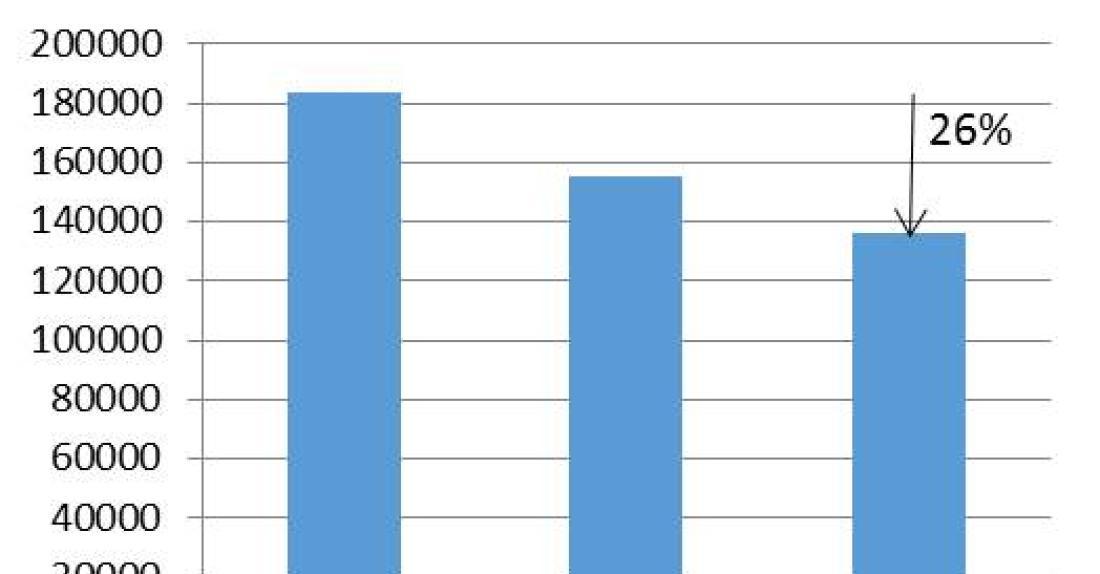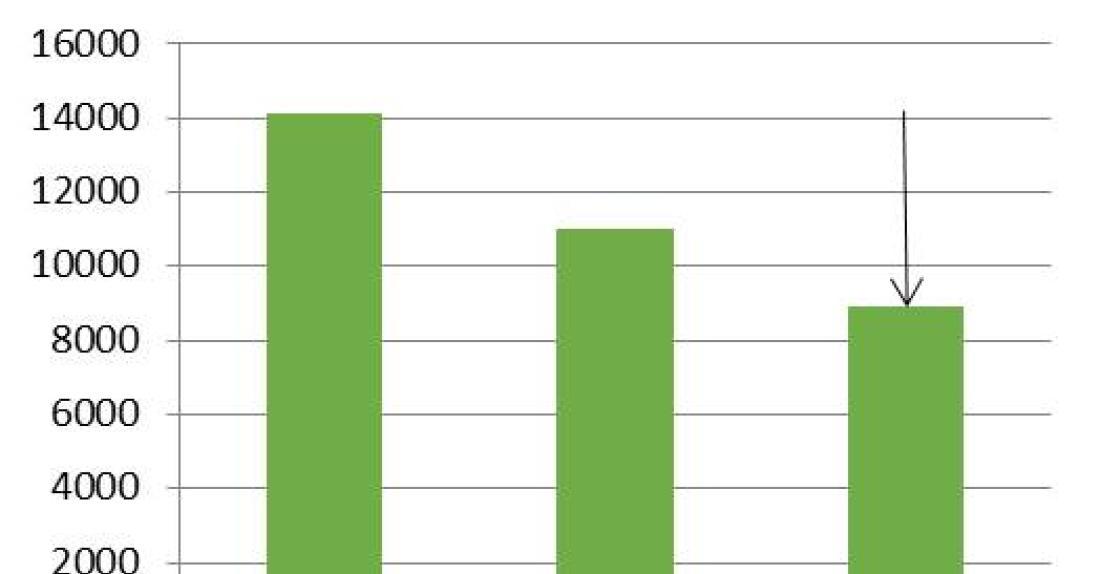Members of the AEC provide important contributions to sustainability across aluminum's life cycle.
Primary Smelting
Several AEC members are major suppliers of primary aluminum, with operations across the globe. In aggregate, these Producer Members account for over 50% of global bauxite production and over 40% of primary metal production (NIC China). Their commitment to sustainability is demonstrated in the ongoing efforts to rehabilitate bauxite mining sites and to continuously upgrade the operating efficiency, and the use of cleaner power, of their smelting operations. According to the Aluminum Association, the amount of energy required to produce a ton of aluminum in North America declined by 26% from 1995 to 2010, while the industry's global warming potential declined by 37%.
Processing - Extrusion
AEC's nearly 60 North American Extruder Members operate 90 extrusion facilities in the U.S. and Canada. In aggregate, they produce over 75% of the extrusion produced in the U.S. and Canada, and with plants in 30 states and 4 provinces provide local supply to most markets. In addition to their extensive extrusion operations, most Extruder Members provide downstream services to ready extrusions for their customers' subsequent manufacturing or assembly operations. These services can include finishing - painting, anodizing, or mechanical finishing - and fabrication, which can range from precision cut-to-length to extensive machining, bending, welding and assembly.
To document the environmental impact of these operations, in 2016 the Aluminum Extruders Council undertook the most extensive Life Cycle Analysis (LCA) of North American aluminum extrusion to date. Eleven Extruder Members, with a total of 30 facilities, nearly 85 presses and extensive paint, anodize and thermal enhancement capabilities, contributed production data to this effort. Two Environmental Product Declarations (EPDs) have been produced based on this effort; one for thermally enhance extrusions, the other for non-thermally improved product. Both detail the environmental impact of mill finish, painted and anodized product, so users can make informed product selections. Find more information on these EPDs and the underlying LCA here.
The EPD's also document the use of recycled content by the industry, and show that recycled material - either post-industrial or post-consumer scrap - represented 54% of raw material input into extrusion production in 2015. AEC estimates that in aggregate, North American extruders utilized over 3.5 Billion pounds of recycled material in 2015.
Scrap Collection & Secondary Smelting
AEC-member involvement in aluminum’s life cycle does not end when extruded components are shipped to customers; many are deeply involved in subsequent scrap collection and secondary smelting (the remelting of aluminum scrap to produce feedstock for the extrusion process).
AEC members operate nearly 25 remelt/secondary smelting facilities across North America, either as an adjunct to their extrusion operations or as stand-alone operations. In aggregate, these facilities represent about 80% of North American remelt capability.
To support these operations, members maintain their own scrap collection efforts and work with independent scrap dealers and traders. In addition to recycling their own internally generated scrap, many extruders work with their customers to secure and process scrap generated in customer manufacturing processes. In addition, those members with remelt operations will work with dealers to source post-consumer scrap such as aluminum wire, wheels and building components.
Post-industrial scrap: Extruder or extrusion customer (OEM) cut-offs, machining scrap (turnings, chips), rejects, excess and obsolete material, etc.




